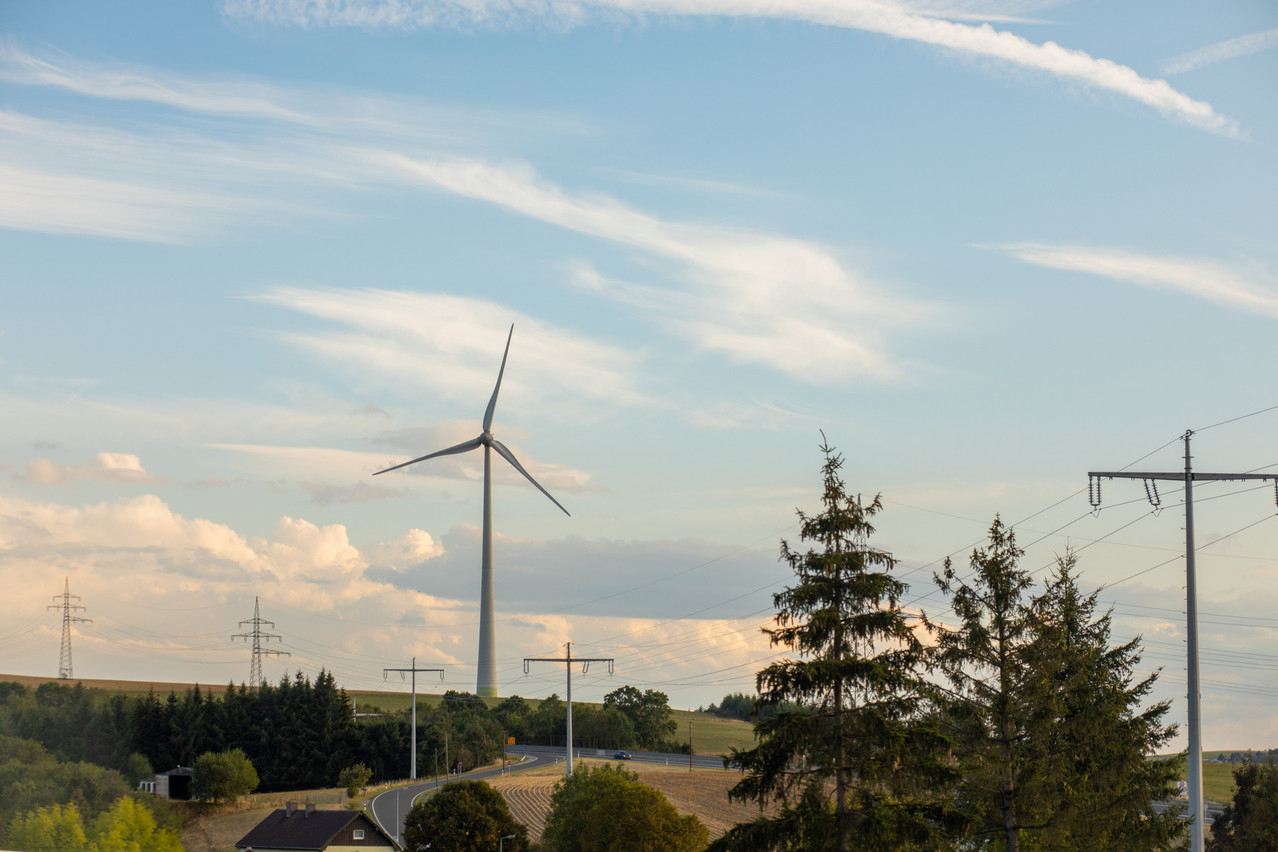Luxembourg had the smallest share of energy from renewable sources in the EU in 2021, Eurostat data shows. At 11.7%, it is below the EU average of 21.8% and far below Sweden’s share of energy from renewable sources (62.6%). Sweden--the top EU country in energy consumption from renewable sources--relies mostly on a mix of biomass, hydro, wind, heat pumps and liquid biofuels.
Finland (43.1%), Latvia (42.1%), Estonia (37.6%), Austria (36.4%) and Denmark (34.7%) follow. Finland, Latvia and Austria principally use biomass and hydro, while Estonia and Denmark rely mostly on biomass and wind.
In 2020, the grand duchy’s share of energy from renewable sources was also 11.7%. In 2019, it was 7.0%, said Eurostat. Luxembourg’s national energy and climate plan aims to increase the share of renewable energy to 25% by 2030. Private households and public Chargy or SuperChargy e-vehicle charging stations are already supplied from renewable sources, however.
The shares of energy that come from renewable sources are all below that of the EU average in the countries neighbouring Luxembourg. In 2021, 19.3% of France’s energy came from renewable sources--this figure was at 19.2% in Germany and even lower in Belgium (13.0%).
